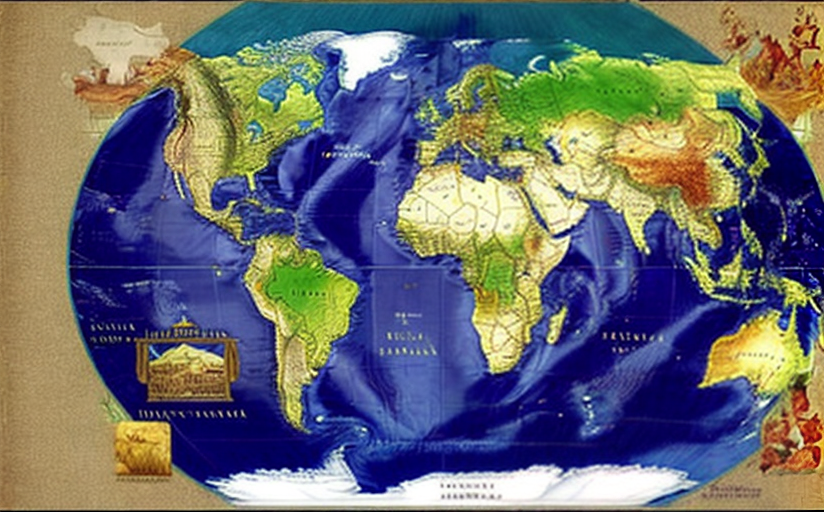How Historical Events Influenced Regional Cuisines
Every bite we take is a testament to history—not merely an exercise in bodily sustenance, but a morsel of centuries of civilization, of societies evolving and interacting. Our food is a lens into our past, offering unparalleled insights into the annals of human history. What is served in different regions and how it is prepared tell tales of trade, colonization, migration, and wars from times long past. In this in-depth exploration, we bring together research from historical documentation, first-hand accounts, and culinary studies to provide a comprehensive understanding of the evolution of various regional cuisines.
Trade Routes and Cuisine
The Silk Road, stretching from the Far East all the way to Europe, is rightly celebrated as a highway of ideas, culture, and, importantly, food. This great East-West artery facilitated unprecedented exchanges between civilizations. Beans, noodles, and tea from China, spices from India and Middle East, and olives and wine from the Mediterranean gradually pervaded kitchens along the route, thereby influencing cuisines in ways still evident today.
Colonial Expansion and Food Preferences
The massive seaborne expansion of European powers since the 15th Century largely redefined the culinary map of the world. Colonialists introduced their own cuisines to colonized lands and also imported ingredients and practices back home. Famously, the Portuguese introduced chili to India, forever altering the subcontinent’s palate, while British colonizers developed a taste for tea in China, setting the basis for the quintessential British tea ceremony.
Migration and Altered Cuisine
Regions have also seen their native cuisines transformed by waves of migration. One of the best examples is the United States, a great melting pot where different cultures and cuisines have intermingled. The Italian pizza, for instance, was reinvented in New York, while Vietnamese pho soup took on a new form in Texas.
Wars and the Evolution of Cuisine
Wars, despite their catastrophic implications, have played a significant role in the evolution of regional cuisines. Scarcity of ingredients during the World Wars led many households in Europe and Asia to improvise, innovate, and adopt new culinary practices and ingredients. During the two World Wars, rationing and scarcity inspired the creation of foods like the British Lord Woolton's pie and the Japanese convenience-favorite, instant ramen.
The imprints of history are thus savorable in the diverse and multifaceted cuisine of each region, thus fostering a kinship to our roots that goes beyond written texts and into the very foods we savor.

















Comments
Leave a Comment